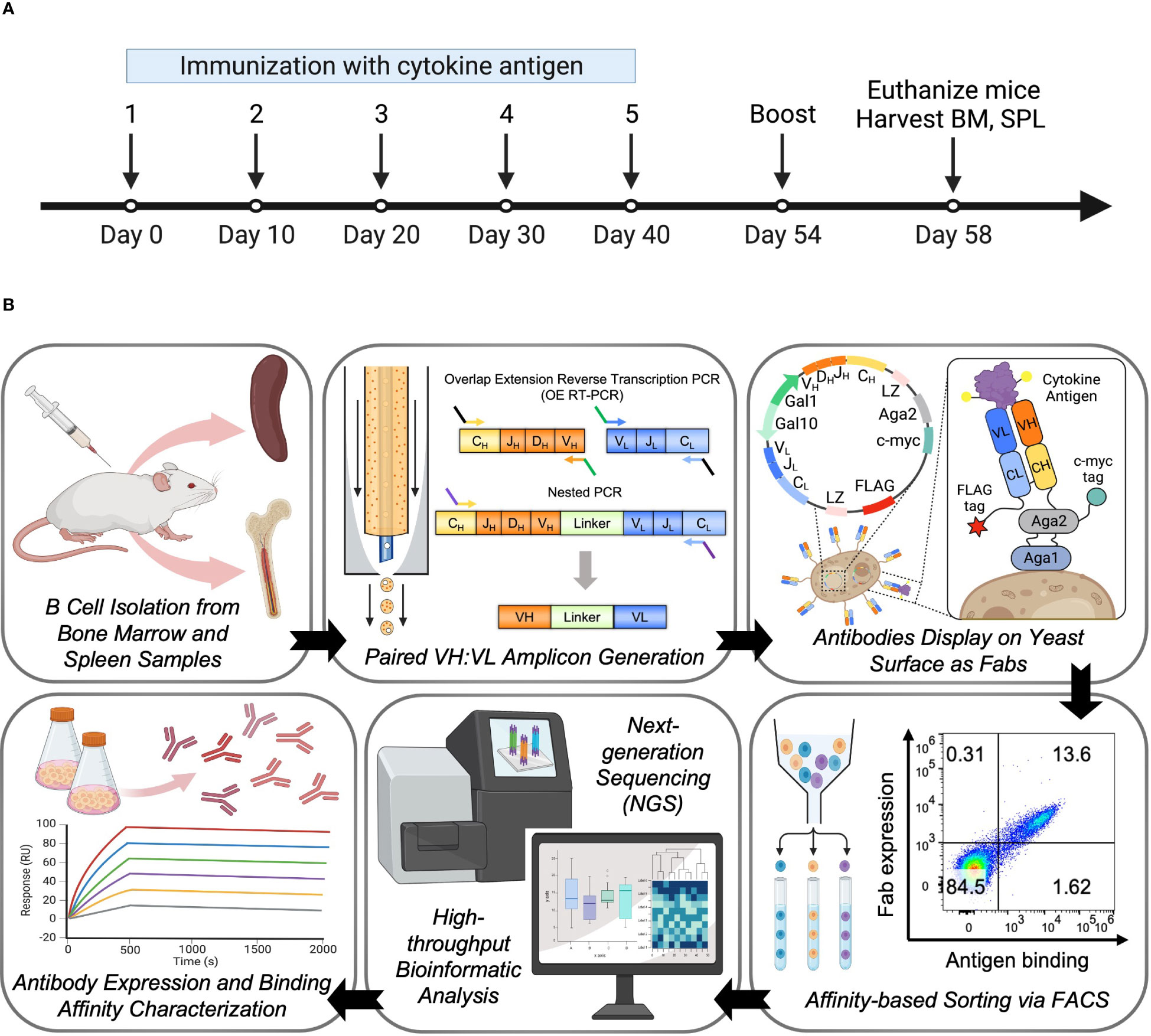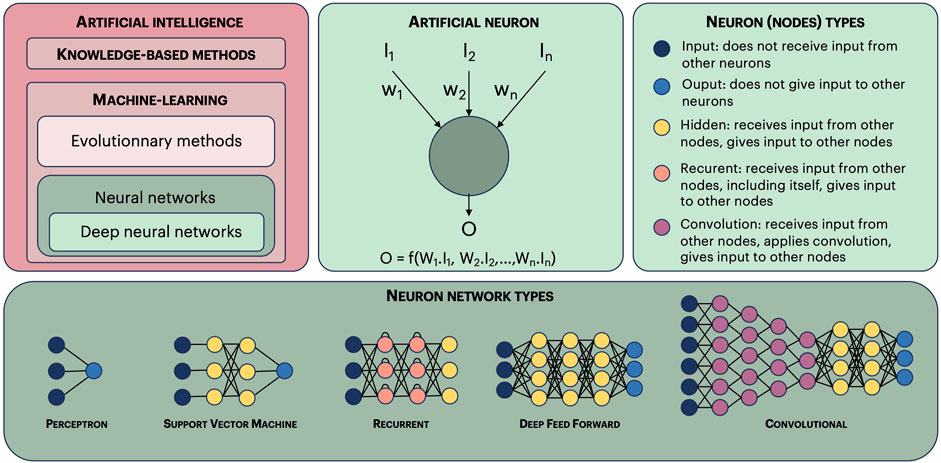Introduction
2025 marks a major leap in antibody innovation. From AI-powered design to animal models that produce fully human antibodies, science is reimagining what antibodies can do for medicine.
🧪 Transgenic Animal Platforms for Antibody Discovery
Using genetically engineered animals like rats and mice with human immune genes, researchers now generate fully human antibodies efficiently.
These models:
- Mimic the human immune system
- Improve antibody diversity and maturation
- Reduce risk of immune rejection

🧬 Bispecific and Multispecific Antibodies
These advanced antibodies can:
- Bind two different targets at once
- Bring immune cells to tumor cells
- Increase precision in cancer treatment and autoimmune modulation
- Currently being tested in clinical trials for solid tumors and leukemia.

🧠 AI in Antibody Engineering
2025 is the year machine learning officially joins the lab bench. AI tools now:
- Predict binding affinity
- Optimize CDR regions
- Simulate folding and expression
- Reduce development time and costs

Nanobodies and Next-Gen Formats
Nanobodies (VHH fragments) from camelids:
- Are ultra-small and stable
- Penetrate tissues and intracellular spaces
- Useful in brain disorders, inflammation, and diagnostics
🌍 What’s Next for Antibodies?
The future holds:
- Personalized antibody-based therapies
- Antibody-RNA fusion drugs
- Universal vaccines using broadly neutralizing antibodies
- Synthetic biology using antibody logic gates
🧠 Conclusion
Antibodies in 2025 are smarter, faster, and more powerful than ever. With AI, bioengineering, and new formats, they’re not just tools of the immune system — they’re the architects of precision medicine.